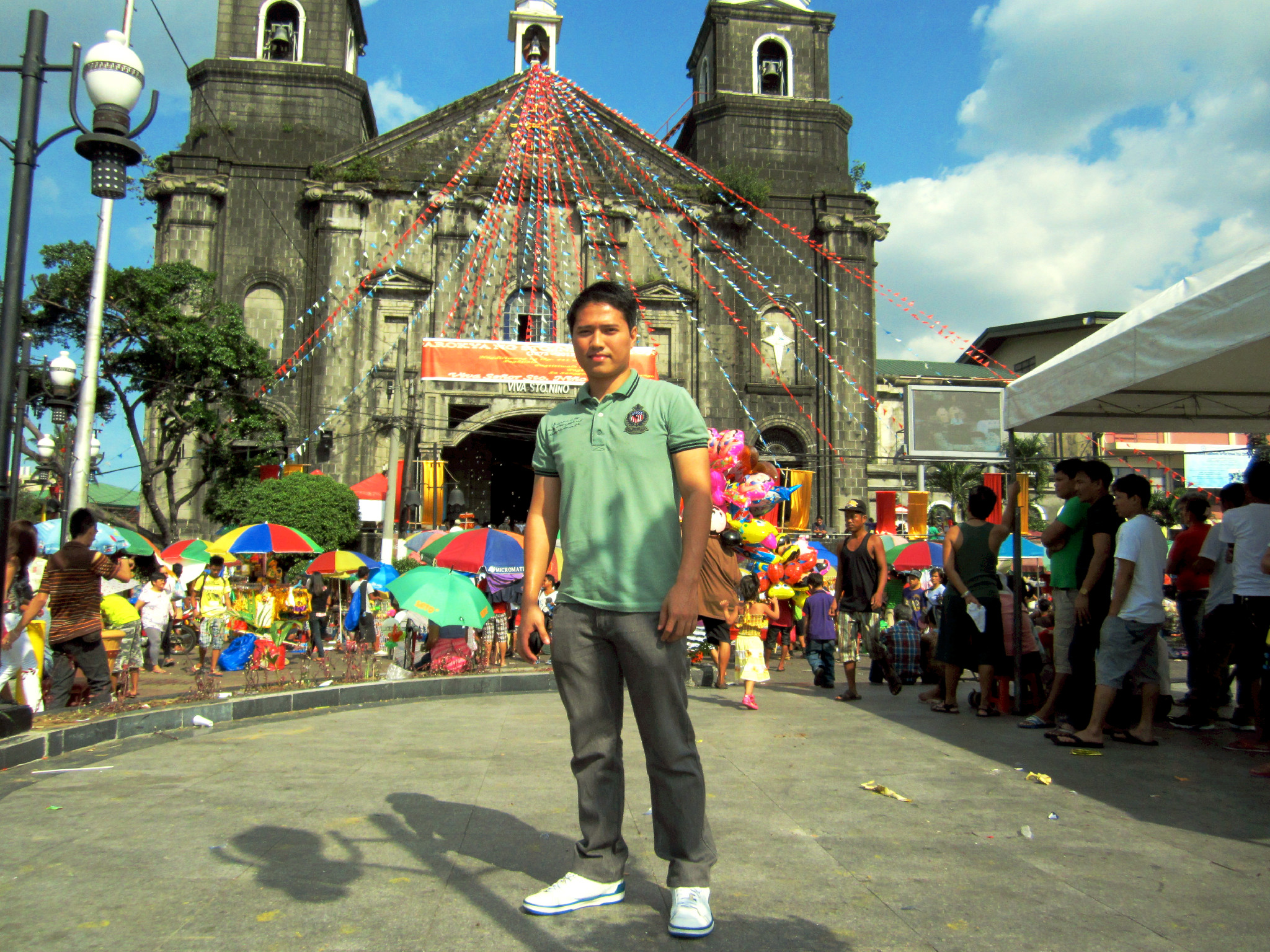In today's modern times, I still recognize that the past is interrelated with the present, and what we are today is the result of what has transpired in the past. Hence, our artistic abilities and cultural heritage should be preserved and passed on from generation to generation.
The Philippine culture has given us a glimpse of the glorious past through various artistic renditions that make us feel the unity and camaraderie of being a Filipino. It is in our culture to be creative and artistic as a means of emotional expression. It is something that bridges the gap between loyalty and colonial mentality. It creates solidarity as a nation and everlasting bliss in the hearts of Filipinos living throughout the world.
To enliven Philippine culture and arts, the Cultural Center of the Philippines created the Pasinaya festival to fulfill Filipino artists' and cultural enthusiasts' desires and passions in various genres. "Pasinaya" is a Filipino term that means a formal opening. This year's theme pays tribute to Chinese arts and culture's influence on Filipino lives.
The Chinese have long been part of Philippine history and culture, and their massive influence remains. It was an excellent opportunity to witness and embrace Filipino and Chinese arts and culture through the Pasinaya festival.
Dubbed the largest national multi-arts festival, the 'Pasinaya' presented memorable cultural presentations and art exhibits in almost all CCP venues. The main theater lobby was full of visitors, primarily students, and professors from different schools, patiently waiting for the next event at the 'Tanghalang Nicanor Abelardo,' where the resident companies of the CCP are performing their shows, including the Philippine Madrigal Singers, The Bayanihan Philippine National Folk Dance Company, Ballet Philippines, and the Philippine Philharmonic Orchestra.

Several presentations and activities in genres like dance, theater, music, films, visual arts, and exhibits were presented by thousands of Filipino artists from different regions of the country. There were various shows like the lion dance, fan dance, and modern hip-hop dance, as well as the CCP's closed street venue.
There were also dance, music, and stage drama workshops for children and adults to learn and enhance their skills.
In the main theater ramp, several groups presented folk dances. Their graceful interpretation of colorful costumes has entertained the crowd of both local and foreign audiences. It was a great moment to watch the young performers across the country showcasing their dance skills in classical Filipino music.
Dubbed the largest national multi-arts festival, the 'Pasinaya' presented memorable cultural presentations and art exhibits in almost all CCP venues. The main theater lobby was full of visitors, primarily students, and professors from different schools, patiently waiting for the next event at the 'Tanghalang Nicanor Abelardo,' where the resident companies of the CCP are performing their shows, including the Philippine Madrigal Singers, The Bayanihan Philippine National Folk Dance Company, Ballet Philippines, and the Philippine Philharmonic Orchestra.

Several presentations and activities in genres like dance, theater, music, films, visual arts, and exhibits were presented by thousands of Filipino artists from different regions of the country. There were various shows like the lion dance, fan dance, and modern hip-hop dance, as well as the CCP's closed street venue.
There were also dance, music, and stage drama workshops for children and adults to learn and enhance their skills.
In the main theater ramp, several groups presented folk dances. Their graceful interpretation of colorful costumes has entertained the crowd of both local and foreign audiences. It was a great moment to watch the young performers across the country showcasing their dance skills in classical Filipino music.
From elementary school through college, I was like them, a member of the school dance troupe and presenting different folk dances on stage. The joy felt while performing before the audience is quite reminiscent, which is why I patronize Filipino cultural presentations and activities.
The main theater of 'Tanghalang Nicanor Abelardo' is where I spent most of the time witnessing the performances of the resident companies. I was delighted to watch the 'Bayanihan Cultural Dance Company' when they presented beautiful folk dances. They have presented the 'Pandango sa Ilaw and 'Wasiwas,' both popular Philippine folk dances that made me proud of being a former folk dancer who happens to have presented those two dances way back in high school and college.
The Philippine folk dance is truly the epitome of grace, grandeur, and refined techniques that are becoming obsolete in today's world.
Under their music director, Maestro Oliver Ochanine, the Philippine Philharmonic Orchestra rendered the enchanting melody of some classical symphonies and even modern popular Filipino music. They received numerous applause from the audience, who appreciated what authentic music should be. Their mastery of musical instruments is majestic and produces stunning rhythmic sounds. My regard for classical music and symphonies will remain my appreciation for this artistic, lyrical masterpiece.
The 'Pasinaya Festival 2013' brought lessons and new learning. Our culture is diverse and rich —it is a heritage. Thus, there is a need to preserve, protect, love, care, and respect. Our arts and culture are what we are Filipinos and should show to the world.
© 2013 Del Cusay









